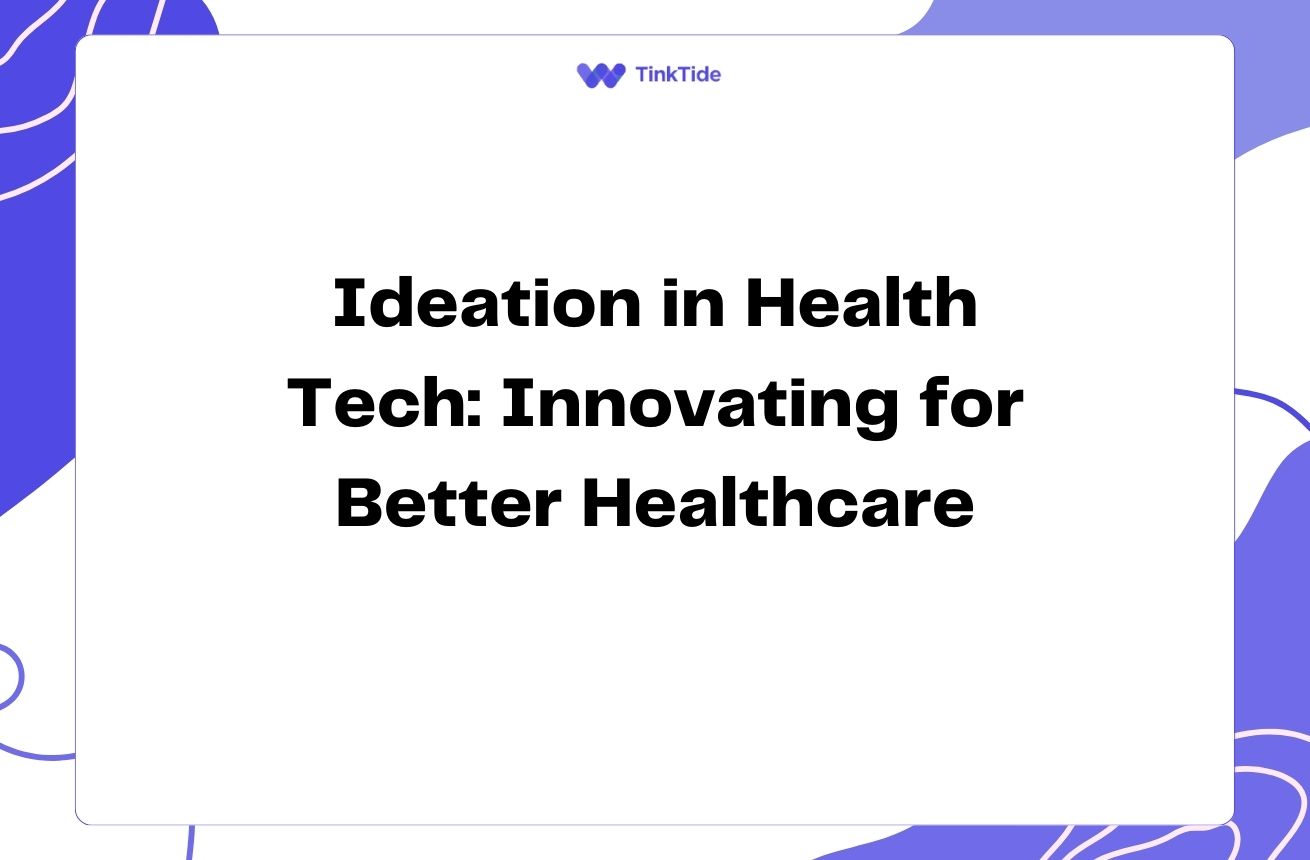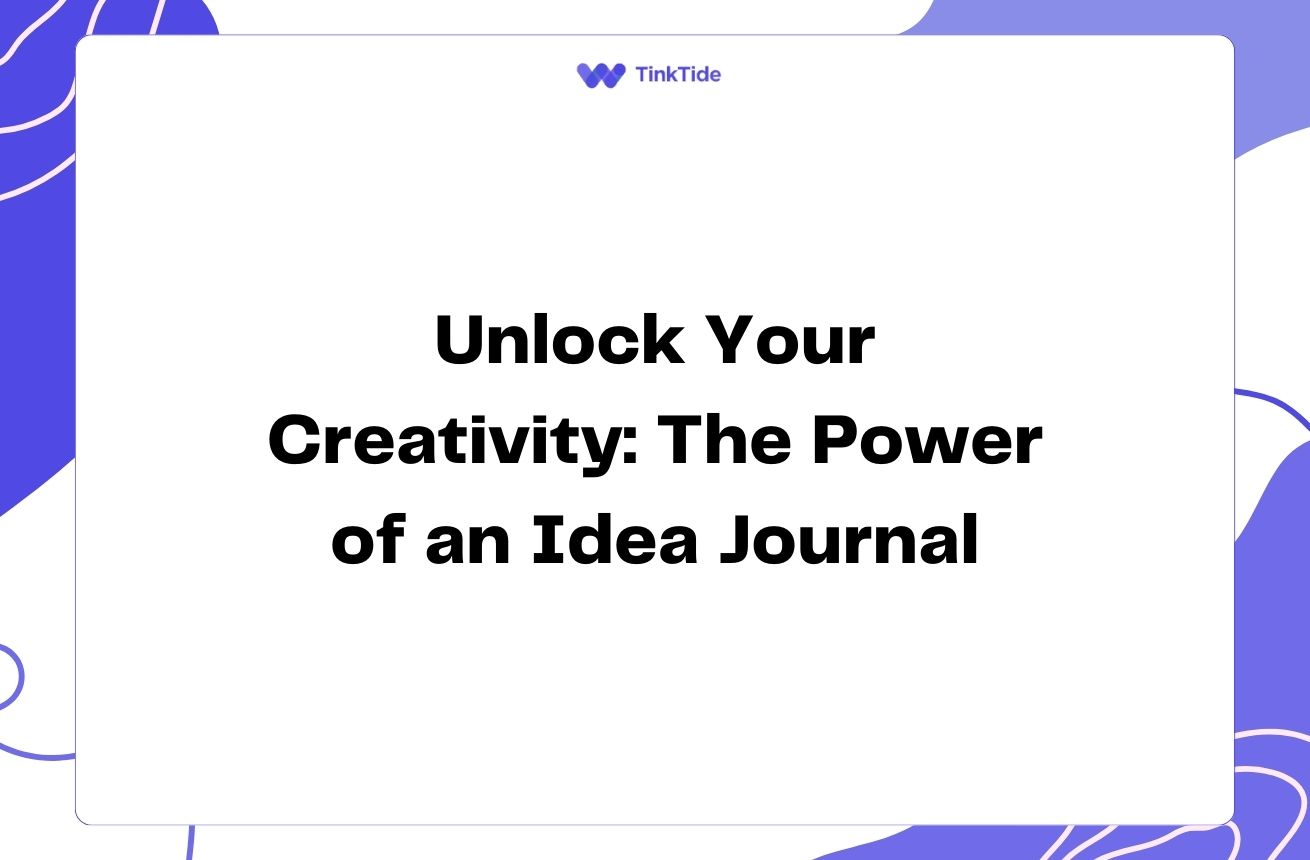Elevate Your Brainstorming: Methods for Continuous Improvement
The Power of Refined Brainstorming
Brainstorming is a crucial tool for generating ideas and solving problems. However, like any skill, it can be honed and improved over time. By continuously refining your brainstorming techniques, you can unlock greater creativity and achieve better results.
Effective brainstorming isn't just about quantity; it's about quality and relevance. As you refine your approach, you'll find that your sessions become more focused, productive, and enjoyable for all participants.
In this article, we'll explore various methods to enhance your brainstorming sessions, ensuring that each meeting is more effective than the last. By implementing these strategies, you'll create an environment that fosters innovation and drives meaningful outcomes.
Key Elements of Effective Brainstorming
Before diving into improvement techniques, it's essential to understand the fundamental elements that make brainstorming sessions successful:
- Clear objectives and goals
- Diverse group of participants
- Judgment-free environment
- Structured facilitation
- Proper documentation of ideas
Embrace Technology for Enhanced Collaboration
In today's digital age, leveraging technology can significantly improve your brainstorming sessions. Online whiteboard tools like Miro or Mural allow for real-time collaboration, even in remote settings. These platforms provide virtual sticky notes, mind mapping features, and voting systems that can streamline the ideation process.
Additionally, AI-powered tools like ChatGPT can be used to generate initial ideas or provide alternative perspectives, serving as a digital brainstorming partner. While these tools shouldn't replace human creativity, they can be valuable for overcoming creative blocks or exploring new angles.
By integrating these technologies, you can create a more dynamic and inclusive brainstorming environment that captures and organizes ideas efficiently.
Implement Diverse Brainstorming Techniques
To keep your sessions fresh and engaging, rotate through different brainstorming techniques. This variety can help stimulate creativity and prevent participants from falling into routine thinking patterns.
Some effective techniques to try include:
- Brainwriting: Participants write ideas silently before sharing
- Reverse Brainstorming: Focus on how to cause a problem, then reverse those ideas
- SCAMPER: Use prompts to modify existing ideas (Substitute, Combine, Adapt, Modify, Put to another use, Eliminate, Reverse)
- Rolestorming: Participants assume different roles or personas while brainstorming
By varying your approach, you'll tap into different cognitive processes and perspectives, leading to more diverse and innovative ideas.
Foster a Culture of Psychological Safety
For brainstorming to be truly effective, participants must feel safe sharing their ideas without fear of judgment or ridicule. Psychological safety is crucial for fostering creativity and open communication.
To create this environment, establish clear ground rules at the beginning of each session. Encourage wild ideas, build on others' suggestions, and emphasize that there are no 'bad' ideas during brainstorming. Lead by example by sharing your own unconventional thoughts and praising unique contributions.
Regularly check in with your team to ensure everyone feels comfortable and heard. This ongoing effort to maintain psychological safety will result in more honest, creative, and productive brainstorming sessions over time.
Continuous Improvement Process
To truly refine your brainstorming sessions, implement a continuous improvement process. Here's a step-by-step approach:
- Step 1: Set clear metrics for success (e.g., number of actionable ideas, participant engagement)
- Step 2: Collect feedback after each session through surveys or brief discussions
- Step 3: Analyze the feedback and session outcomes
- Step 4: Identify areas for improvement and develop action plans
- Step 5: Implement changes in the next session
- Step 6: Repeat the process, continuously refining your approach
This cyclical process ensures that your brainstorming techniques evolve based on real feedback and results, leading to increasingly effective sessions over time.
Enhance Post-Session Follow-Up
The work doesn't end when the brainstorming session concludes. Effective follow-up is crucial for maintaining momentum and ensuring that valuable ideas don't get lost in the shuffle.
Implement a system to categorize and prioritize ideas immediately after the session. Use project management tools like Trello or Asana to track the progress of selected ideas. Assign clear owners and deadlines for next steps.
Additionally, schedule regular check-ins to review the progress of implemented ideas. This not only ensures follow-through but also provides valuable data on which types of ideas tend to be most successful, informing future brainstorming sessions.
Address Common Questions
As you work to improve your brainstorming sessions, you may encounter some common questions. Here are answers to frequently asked queries:
How often should we conduct brainstorming sessions?
The frequency depends on your team's needs and projects. However, regular sessions (e.g., bi-weekly or monthly) can help maintain a culture of innovation. For specific projects, you might increase the frequency as needed.
What's the ideal group size for brainstorming?
While there's no one-size-fits-all answer, research suggests that groups of 5-7 people tend to be most effective. This size allows for diverse perspectives while still being manageable.
How can we prevent a few voices from dominating the session?
Use techniques like round-robin sharing or brainwriting to ensure everyone contributes. Also, consider using anonymous idea submission tools to level the playing field.
What if we run out of ideas during a session?
Try changing the brainstorming technique, take a short break, or introduce a new stimulus (e.g., random words, images) to spark fresh thinking.
How do we handle criticism during brainstorming?
Reinforce the 'no judgment' rule and redirect criticism into constructive idea building. Encourage participants to say 'Yes, and...' instead of 'No, but...'
Provide Additional Resources
IDEO's Design Kit
A comprehensive resource for various ideation and brainstorming techniques
MindTools Creativity Tools
A collection of tools and articles on enhancing creativity and brainstorming
Harvard Business Review on Brainstorming
In-depth articles on effective brainstorming from business experts
TED Talk: The Surprising Habits of Original Thinkers
Insights on fostering originality and creativity in thinking
Gamestorming
A playbook of games and activities to enhance creative thinking and collaboration
Summarize Key Takeaways
Continuously improving your brainstorming sessions is a journey that requires commitment and experimentation. By embracing technology, implementing diverse techniques, fostering psychological safety, and following a structured improvement process, you can significantly enhance the effectiveness of your ideation sessions.
Remember that the goal is not perfection, but progress. Each refined session brings you closer to unlocking your team's full creative potential and solving complex problems more efficiently.
Start implementing these strategies in your next brainstorming session and observe the positive changes in engagement, idea quality, and outcomes. With consistent effort and refinement, you'll transform your brainstorming sessions into powerful engines of innovation and problem-solving.
Unlock Your Team's Creative Potential
Ready to revolutionize your brainstorming sessions? Try our AI-powered ideation tool for free and see the difference.
Start Your Free Trial

